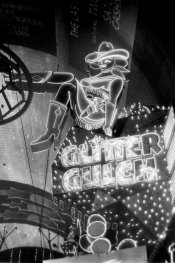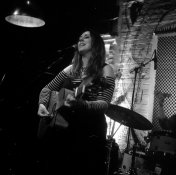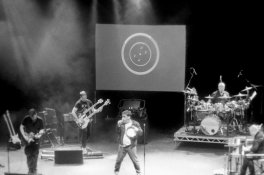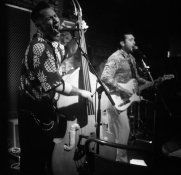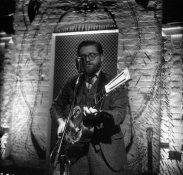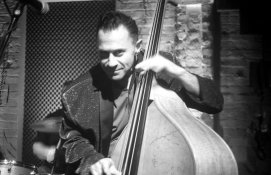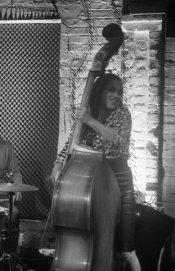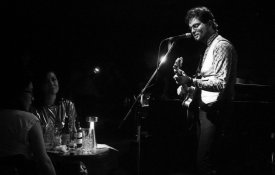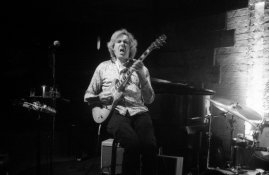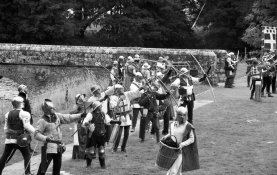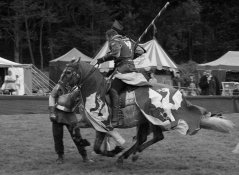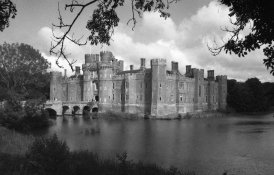I don't often work in the type of conditions that musicians often find themselves in, but when I did I got the best results either using an incident meter and measuring the actual light illuminating the subject (rarely possible, but ideal) or taking spot meter readings off of an item in the scene that approximated a mid-tone. The latter approach was with something like the in camera spot metering in an OM-2s.
GOOD stage lights are a joy to work with. Most stage lights are not good. Especially now in the LED era. An old fashioned high CRI stage light with a gel would be easier to meter, though you will get fooled a bit since stages tend to mix and match colors rather than just using white.
But with LEDs, the cheap ones have very spotty wavelenghts. So the red will be JUST red, dead in the middle of red, and green, and blue... and the "white" will have those hard peaks right at R G and B, but almost none of the wavelenghts in between. It plays havoc on meters. Even the good modern lights, when turned to blue or red, will fool your in camera meter something fierce, especially older meters, though even rally good modern color matrix metering will sometimes give you totally blown out skin tones.
One really bad trick is the spotlights are a combination of all the other colors, so they'll be one or two stops brighter than the blue and red lights washing the stage and your matrix will NEVER get it right. If the venue lets me, what I do is meter the spotlight. But if it's not that kind of place I jut can't seem to trust my matrix in camera.
Good example. Show over the summer I went to. So, accept the meter straight up:
This was digital, and the matrix sees that blue wash as almost black and blows it out. I realized with some chimping. I shot the monitors and music stands (which are black) and the guitarist's faces with the spot meter -- I figured the matrix setting was 2 stops over. Went manual and left it there but then it went wonky when they took the blue lights that they used to wash the audience out:
And when they'd turn those blue lights back on the skintones would be overxposed again if I were to adjust:
It's all a balance. These are just snapshots because, frankly, the band kinda sucked and I was bored enough to take pictures. I only took a dozen pictures while the band was playing but they illustrate the point. It showed me that even with world-class state of the art lighting (this is a brand new venue) it's kind of a PITA. But once you get the exposure right you can ignore everything but composition and get cool, colorful shots with lots of interesting rays (if they turn the smoke on - this band did not) and plenty of fun backgrounds to choose from that will never intrude on the subject.
If I'm working for a specific musician, I normally bracket everything -1 1/3, -2/3, 0 when doing shots in changing light. Or if I can know the spotlight value, which never changes, I just use that. Digital I can usually dig out good results from a stop or two under.
This may seem a little off topic, but I'm ruminating. Some time next year I'll find an excuse to shoot a concert for someone and I'll do film. At least for some of it.















